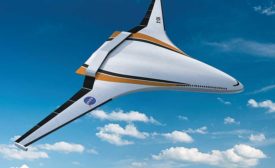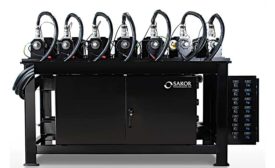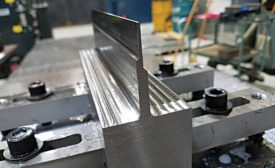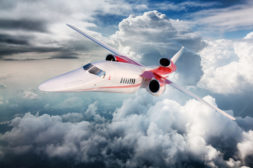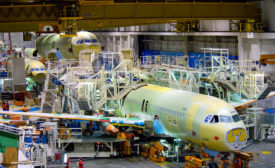Aerospace Assembly
What’s obvious to manufacturing engineers may not be to the folks who sign the checks
Read More
Are Avionics Manufacturers Resistant to Change?
Our electronics industry commentator expresses frustration at the "that's-how-we've-always-done-it" culture among avionics manufacturers.
March 20, 2019
Never miss the latest news and trends driving the manufacturing industry
Stay in the know on the latest assembly trends.
JOIN TODAY!Copyright ©2024. All Rights Reserved BNP Media.
Design, CMS, Hosting & Web Development :: ePublishing

